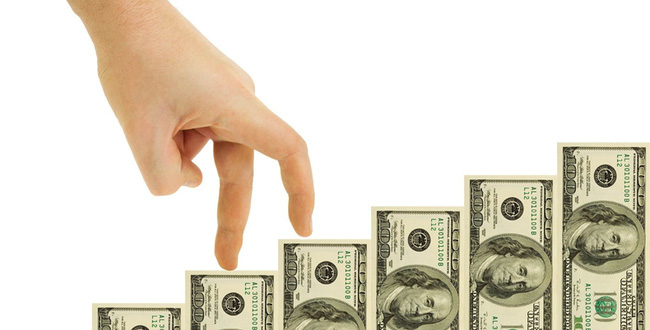|
Where is
Vietnam’s banking system on the region’s map?
Phan Minh Ngoc,
an economist, analyses the indexes to show the health of Vietnamese banks.
 Credit growth rate Reports show that credit in Vietnam has soared since 2015, putting Vietnam among the countries with the highest credit growth rates. However, other developing countries at the same development level with Vietnam also saw relatively high credit growth rates in 2016 and expect the same high growth rates for 2017, just 2-3 percentage points lower than Vietnam’s. The ratio of credit to GDP Vietnam has the highest ratio of credit to GDP among the countries with lowest average income and the same development level (122.3 percent in late 2016). This is the result of a long process when Vietnam tried to boost lending to recover the economy and stimulate GDP growth rate after the regional financial crisis. For several years, the credit growth rate rose 20-30 percent or higher. Vietnam’s ratio of outstanding loans to total assets is among the highest level in the region, which shows that Vietnamese banks depend more heavily on lending than other regional banks.
With 88.1
percent, Vietnam is just second to Indonesia among countries with the same
development level in terms of ratio of credit to mobilized capital.
The capital adequacy ratio (CAR) Vietnam has the lowest CAR in the region (11.8 percent in 2016), even compared with Indonesia and the Philippines, and it is just higher than India’s. Vietnam’s CAR is still calculated in accordance with Basel I, while the majority of regional countries now follow Basel II. If calculating Vietnam’s CAR in accordance with the higher standards, Vietnam’s CAR would be even lower. Net interest margin (NIM) Ngoc, who analyzed the reports of 25 commercial banks by April 2017, said that the average NIM was 2.4 percent at the end of 2016, a slight decrease from 2.5 percent in 2015. Vietnam’s NIM is lower than Indonesia, the Philippines and Thailand, but it is far higher than developed countries. Return on assets (ROA) ROA shows that the profit made by the 25 Vietnamese commercial banks is relatively low (0.64 percent in 2016), just higher than South Korea’s and Taiwan’s and far lower than ASEAN’s countries, including Singapore. Ngoc said that existing problems don’t indicate that the attractiveness of the Vietnamese banking system has decreased. In fact, the indexes about profit, including NIM and ROA, have been stable and they have seen little improvements in the last two years.
Thanh
Lich,
VNN
|
Thứ Năm, 27 tháng 7, 2017
Đăng ký:
Đăng Nhận xét (Atom)
Không có nhận xét nào:
Đăng nhận xét